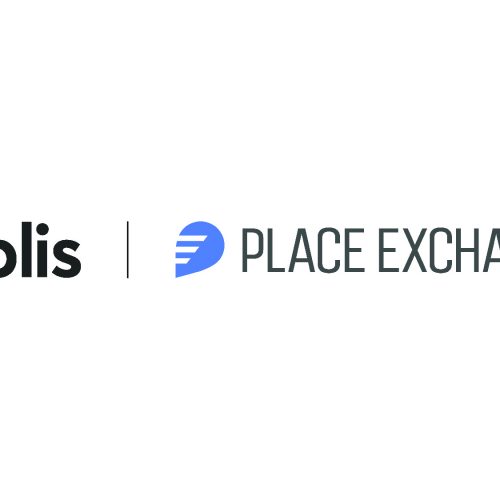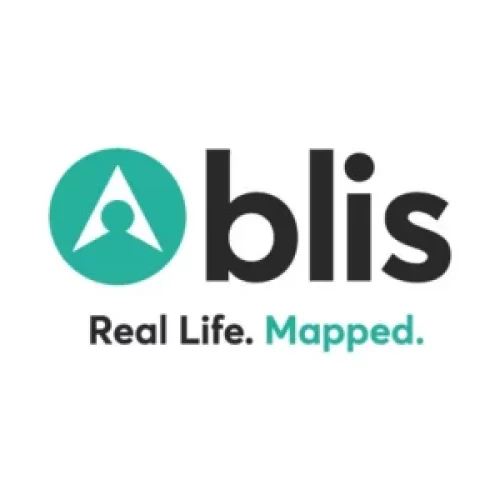New Research from Location Data Pioneer Blis Identifies the New Consumer Path to Purchase; Highlights the Transformation of the Path to Purchase from Linear to Web Based on Location Data
Just five years ago, the majority of shoppers placed TV ads as the primary source of knowledge for new product discovery, closely followed by friends and family. Now, Digital e-commerce is a tricky place. The consumer path in the buying cycle has grown wider and more complex with time. Location data is a very powerful tool for marketers to accurately and effectively target consumers that are closest to making a purchase.
Blis, the global pioneer in advanced location data technology, has launched the findings of an in-depth study exploring consumer behaviors leading up to and during the point of purchase. Detailed in a new report entitled, Locating Decisions: A Marketer’s Guide to Re-Navigating the Consumer Path to Purchase, the research shows consumers have begun to adopt a non-linear path to purchase that encompasses multiple start points dotted across channels and platforms.
Who’s a Romantic Buyer?
According to the report centered around location data, ‘romantic buyers’ are instinctive shoppers who fall in love with a product and purchase it only to have them in their kitty. The latest whitepaper finds that only 15% of the respondents are instinctive enough to be called ‘romantic buyers’. A larger population are either ‘decisive’ shoppers or ‘focused’ shoppers. The report also identified consumers as ‘offline opportunists’.
At the time of this announcement, Gil Larsen, VP Americas at Blis, said, “In spite of all of the time and money being invested in new channels like video, influencers, UGC and online, for the majority of consumers discovery starts where we’ve traditionally known the journey to end: the store.”
Gil added, “What’s perhaps even more eye-opening is how likely shoppers are to spend more once they’re in a store. Where consumers begin their discovery journeys significantly impact how they spend their dollars, and there’s an incredibly compelling narrative developing for retailers on how to rethink in-store strategies using location insights and construct a new path to purchase compass to navigate multiple consumer touchpoints.”
More Than Half of Shoppers Will Visit a Store at Least Two to Three Times Before Making a Sizable Purchase
Blis’ research suggests that this has flipped almost entirely: fewer than one in four respondents indicated they rely on TV for new product discovery today, instead favoring the store as a source of inspiration. Almost one-third of consumers reported that in-store browsing remains their primary product discovery channel, followed by targeted online/mobile advertising.
And, while most of a consumer’s research still happens online via a laptop/desktop or mobile phone from 6 PM onwards, data shows more than half of shoppers will visit a store at least two to three times before making a sizable purchase.
While, at first glance, in-store browsers look to pose a problem for brands trying to market to and influence them using technology, a significant percentage (36%) browse both mobile and physical stores at the same time to check for prices and product availability presenting a huge opening for retailer messaging.
One out of four respondents indicated an offer from another retailer offering a bonus gift or “buy one get one” type offer would change their mind, and 20% would be swayed by a targeting online/mobile ad offering a price reduction on a similar product elsewhere.
This is Time to Fully-Leverage Behavioral and Location Data
“At every moment, especially in a store, there are still ample opportunities to sway consumers even if they are at the point of purchase. Brands that aren’t taking advantage of this additional opportunity to persuade consumers are missing out on critical touchpoints within the purchase journey,” added Larsen.
Gil continued, “By understanding where and what consumers are browsing via location and behavioral data, brands can create more targeted and highly personalized ads, increasing the likelihood of conversion.”
As discussed in Blis’ previous whitepaper Unlocking The New Consumer Hierarchy Of Needs, brands are still coming to terms with the new retail landscape. This research paper takes it a step further by offering guidance on how these “Conscious Consumers” are experiencing the customer journey and when/how brands should be interacting with potential shoppers, especially through the use of location insights. More like a web than a traditional path, the complexity and lack of causal progression within this new shopper journey present untold challenges for brands. When navigated correctly, the myriad touchpoints offer new ways to influence consumers and, ultimately, sell to them, both on their terms and wherever they happen to be.
Blis conducted market research through AYTM, surveying 2,000 consumers across the US at every socio-economic level, to uncover shopper preferences and how they like to best interact with brands.
Click here to read the original article.


